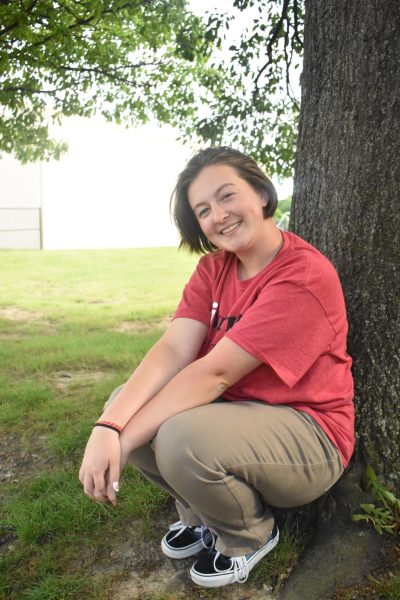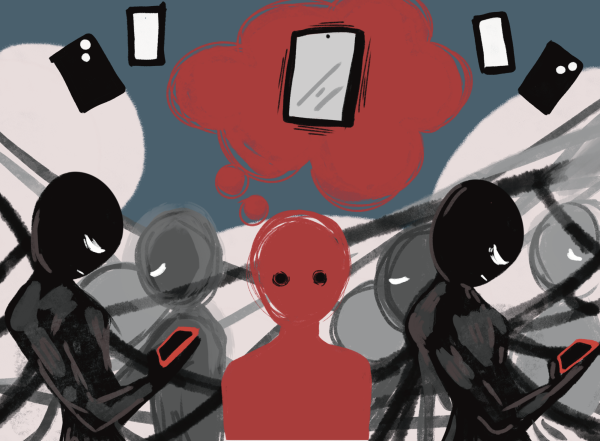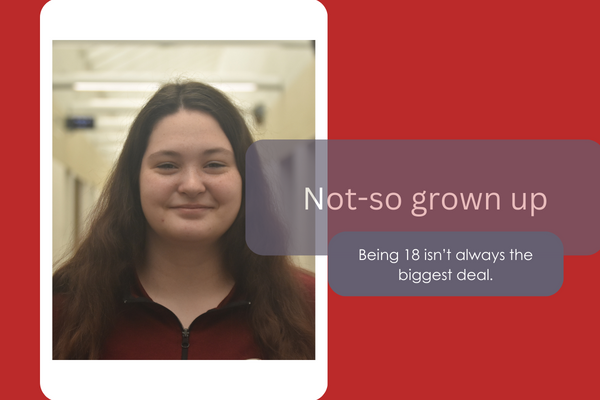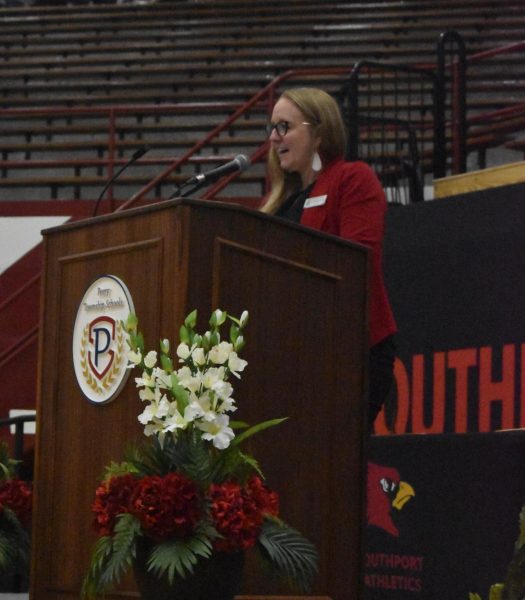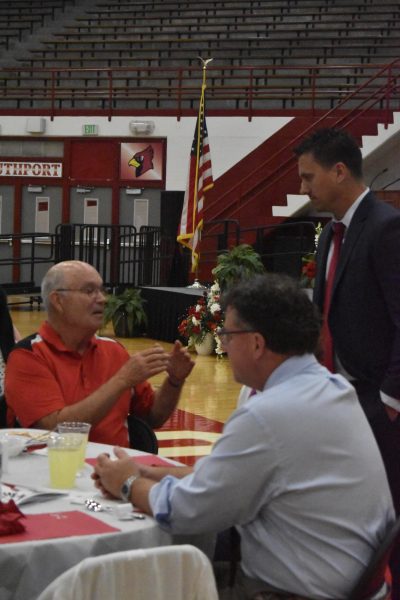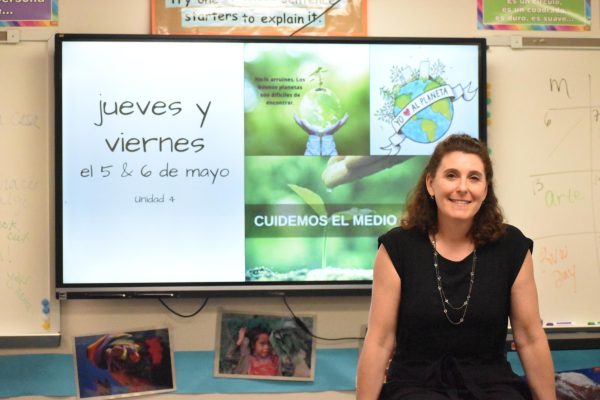Learning CPR is an important life skill
Fortunately, I learned CPR in the seventh grade. I had already been wanting to learn it, and it just so happened that I was going to be given that opportunity in my health class. It was a unique experience, with everyone cracking jokes about the plastic dummies. We started by watching a video, and we had to mimic everything shown on the screen. Even the part where the rescuer goes spastic on the dummy going, “ARE YOU OKAY? SIR? SIR, ARE YOU OKAY?” It’s like watching a budget music video for “Smooth Criminal” by Michael Jackson, only I was a part of it. But regardless, I learned something important. I learned a life skill. Well, a life-saving skill.
According to the American Red Cross, the 2017 Heart Disease and Stroke statistics state that only 46 percent of Out-of-Hospital Cardiac Arrests (OHCA) received bystander CPR. Bystander CPR is also known as lay-rescuer CPR, which is called this because it is what everyday people can learn. They learn the basics: how to do one-person CPR on adults, children and infants. They do not need to learn how to take a pulse or even how to give breaths, according to the revised American Heart Association standards. Professional CPR is different, as it is more specifically for healthcare providers. They learn how to take a pulse, provide breaths with an assistive device and two person CPR.
Lay-rescuer CPR is important, as it can mean life or death. Unfortunately, though, CPR administration depends on the mentality of the rescuer. A good lay-rescuer mentality requires the rewiring of one’s thought process. One needs to stop thinking “Oh, someone will take care of that. Not my problem,” and start thinking “I can help, and I will see what I can do.” By making that change and becoming more aware of your surroundings, you can give someone a chance at living. This mentality is also a critical life skill, providing you the opportunity to notice when someone may be in general distress or if something is not right.
The American Red Cross also states that Out-of-Hospital Cardiac Arrests occur at public settings 39.5 percent of the time. So, if someone is trained or at least knows the hands-only CPR technique, they are a lay-rescuer, and someone’s life can be saved. There are also 10,000 cardiac arrests in the workplace a year, meaning that someone you work with may unfortunately suffer a cardiac emergency while you are at your workplace. Would you be willing to save their life? Do you know how to save their life?
Learn CPR, and save a life today.
It’s simple. Align your hands with the center of the chest, and press down about two inches. Then let the chest recoil by lifting the ball of your hand up. You may hear some weird noises and feel some cracking, but don’t mind it. Keep pumping to the beat of “Stayin’ Alive” by the Beegees. Its tempo/beats match the average beats per minute of 100 to 120 for the heart. There’s also “Another One Bites the Dust” by Queen, but I do not recommend humming or singing this song if there are family members of the victim around. It makes for some awkward situations.
CPR is important to me, as I know the difference it can make. I learned CPR to know how to help those around me if someone collapsed near me. It was also a requirement for me to be able to participate in medical ride alongs with my dad’s fire department. While I have not run on any unconscious persons requiring CPR, I have seen enough statistics from the department and even been on some calls where it can be touch and go. Someone may be fine one moment but quickly deteriorate and require help the next.
Life is unpredictable, and you can not assume how something will go. Everyone should know CPR, because it simply helps every one of us out. People can collapse unexpectedly, and if CPR is administered immediately, their chances of surviving increase significantly more than waiting for professional help to arrive.
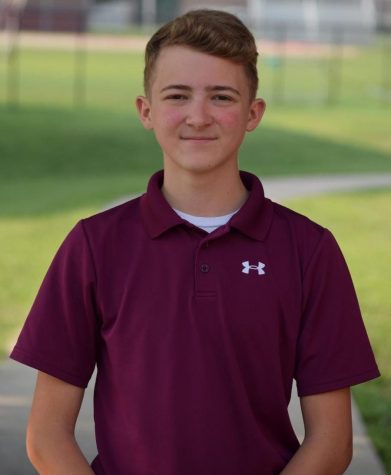
“Greetings, Starfighter. You have been recruited by the Star League to defend the frontier against Xur and the Ko-Dan armada.” - The Last Starfighter
I...




